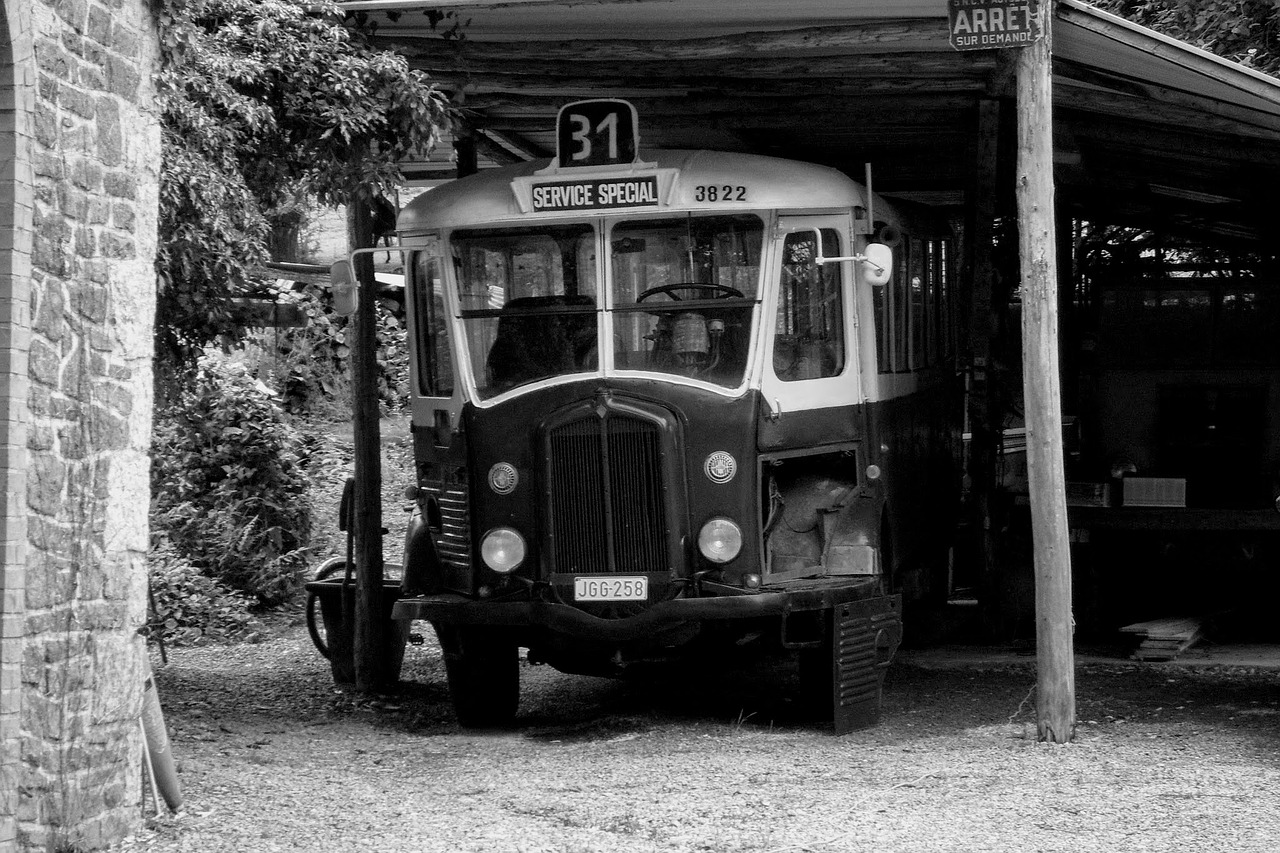June 1, 2017
In the United States today, public transit is in crisis. From declining infrastructure in New York and San Francisco, to delays caused by needed repairs in Washington, to the loss of critical funding in Milwaukee, city after city is struggling with problems related to its bus and train systems.
These are not isolated phenomena. Analysis by the Eno Center for Transportation of data from the American Public Transportation Association found that from 2014 to 2016, all but seven of the country’s largest urban areas lost riders. For the nation as a whole, ridership declined by 4.5 percent. These decreases are coming at a time when the U.S. population has actually increased by 4.5 million people and our economy has added 5 million new jobs. The vast majority of this growth is occurring in major cities and metropolitan areas.
The reason why this is happening is not yet clear. It is hard to attribute the decline to a single factor, but there is evidence that the drop in fuel prices is at least partially responsible. When driving is cheap, people find it hard to pass up using their cars.
The success of transportation network companies like Uber and Lyft is often cited as the main culprit coaxing passengers off of buses and trains. However, the jury is still out on just how much of an impact these companies have on transit ridership. In fact, the ride sharing firms are most likely augmenting transit service by providing important first mile/last mile connections from where rail and bus lines end, to the places people ultimately want to go.
Probably the main reason for falling ridership is that the amount of transit service in many cities and metropolitan areas is actually declining. While some places like Los Angeles, Charlotte and Minneapolis have recently added new rail lines, recent trends across the country lean toward cutting service. The biggest service declines are in our nation’s bus systems, which saw a 5.2 percent decrease in the number of miles traveled from 2009 to 2014, according to the National Transit Database.
 Without a doubt some of the decline in bus service is due to low performing routes being shut down or service on popular routes being curtailed by new rail transit lines opening up (the largest declines in bus service was in the Los Angeles urban area which saw increases in all the rail modes). However, this still doesn’t explain the national trend in declining transit ridership we’ve seen. It also doesn’t explain who is most harmed by these cuts in service. When rail lines are built they often cater to wealthier, whiter residents. When bus lines are cut they usually affect those who disproportionately depend on the service.
Without a doubt some of the decline in bus service is due to low performing routes being shut down or service on popular routes being curtailed by new rail transit lines opening up (the largest declines in bus service was in the Los Angeles urban area which saw increases in all the rail modes). However, this still doesn’t explain the national trend in declining transit ridership we’ve seen. It also doesn’t explain who is most harmed by these cuts in service. When rail lines are built they often cater to wealthier, whiter residents. When bus lines are cut they usually affect those who disproportionately depend on the service.
This is important because the Mineta Transportation Institute recently found that even when you control for variables like low gas prices and the presence of other transportation options, service levels – how often a bus runs, how quickly – are still the number one predictor of bus ridership.
So what needs to happen?
Many cities are running buses on routes that were designed decades ago. While these routes may have made sense for the make up of a particular city at that time, they may no longer provide the best service for riders. In light of this, cities like Seattle and Houston have totally redesigned their bus networks. They have shifted their focus to using technology and new routing tools to optimize the bus system (focusing limited resources on high capacity corridors, for example) and better customer service. Following in their footsteps is Baltimore, which is embarking on the first major bus route overhaul in decades.
Transit agencies can also benefit from forming partnerships with new transit and technology companies. Transportation network companies have begun to form partnerships intended to complement existing rail or bus service. Places like Florida and Washington, D.C. are testing and piloting some new arrangements for using private vehicles to supplement public transit for the agencies’ neediest customers.
Public transit agencies should see this challenge of declining ridership as an opportunity for change. As cities and metro regions continue to evolve, transit should position itself as a leader by pursuing new innovations while also simultaneously fulfilling its core goal of safe and reliable transit.


 Without a doubt some of the decline in bus service is due to low performing routes being shut down or service on popular routes being curtailed by new rail transit lines opening up (the largest declines in bus service was in the Los Angeles urban area which saw increases in all the rail modes). However, this still doesn’t explain the national trend in declining transit ridership we’ve seen. It also doesn’t explain
Without a doubt some of the decline in bus service is due to low performing routes being shut down or service on popular routes being curtailed by new rail transit lines opening up (the largest declines in bus service was in the Los Angeles urban area which saw increases in all the rail modes). However, this still doesn’t explain the national trend in declining transit ridership we’ve seen. It also doesn’t explain 


